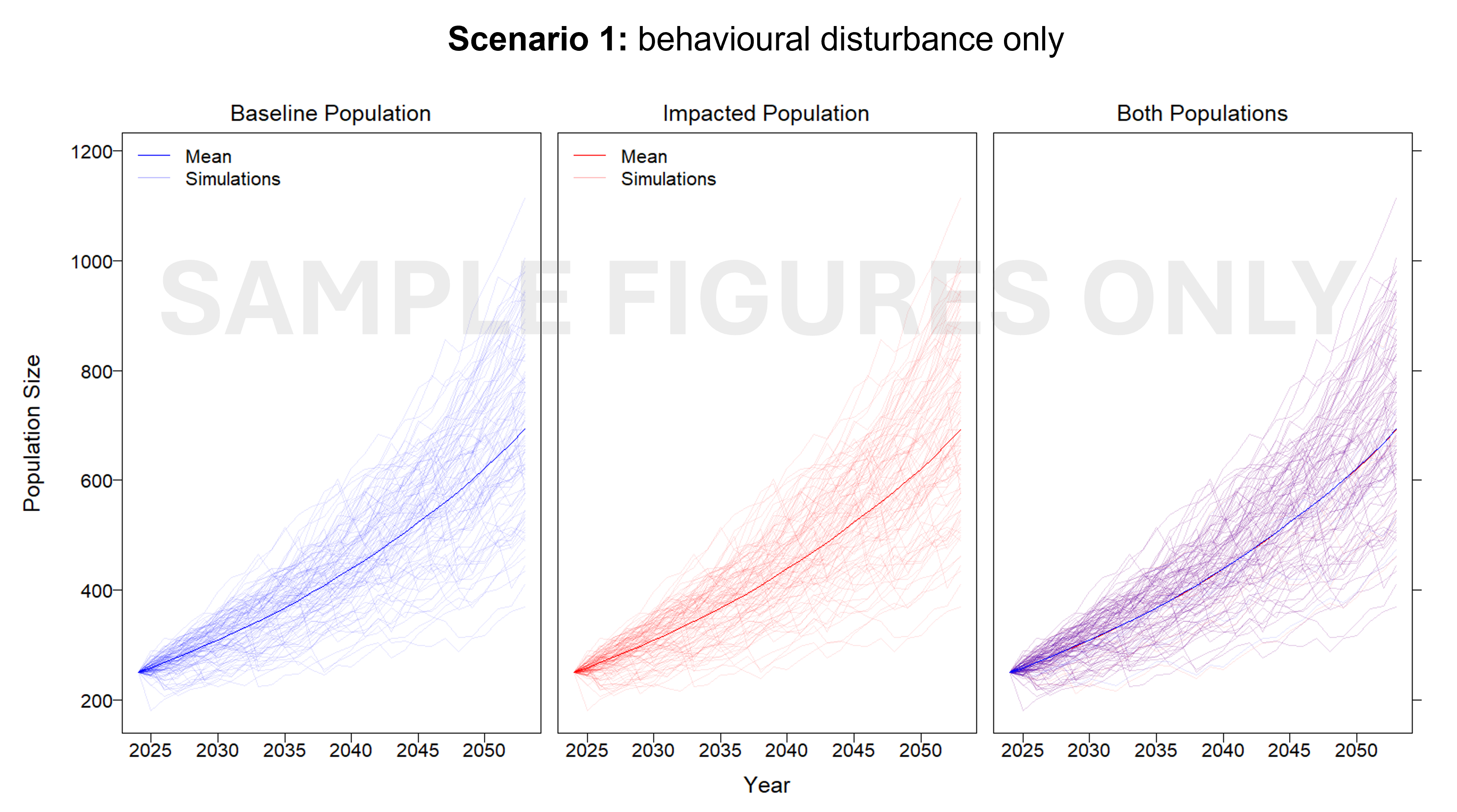CONSERVATION
Type of resources
Topics
Keywords
Contact for the resource
Provided by
Years
-
Decision-makers seek to account for the socioeconomic values of environmental assets. However, understanding the available frameworks and data can be a barrier. We address this here by summarising the data used across four case studies (3 geographic regions and 3 socio-economic value frameworks) to demonstrate what data are available and how they are applied to support decisions in varied contexts. See 'Lineage' section of this record for additional methodology.
-

This record provides an overview of the NESP Marine and Coastal Hub Research Plan 2024 project "Grey Nurse Shark aggregations". For specific data outputs from this project, please see child records associated with this metadata. -------------------- The grey nurse shark (Carcharias taurus) has been protected in Australian Commonwealth waters since 1996. Although historically distributed across southern Australia, in October 2001 the grey nurse shark was listed as two separate populations with different protection listings under the EPBC Act of 1999: Critically Endangered in eastern Australia, and Vulnerable in Western Australia. Grey nurse sharks (GNS) tend to aggregate at specific sites along migration routes. There are currently 19 identified key aggregation sites along the eastern seaboard. Recent observations indicate that this definition requires revision to account for factors such as seasonal movements and to be applicable to the Western Australian population. This project aims to collate existing information on key aggregation sites and ‘new’ sites where GNS have been found to gather (both in eastern and western Australia). This information will be used to refine the definition of key aggregation site and develop criteria to allow assessment of new sites. This project will also investigate potential sites in Victoria where the least amount of information is available. Outputs • Spatial information on key Grey Nurse Shark aggregation sites [dataset] • Final project report [written]
-
The population of southern right whales in the Southern Hemisphere has been recovering slowly from near extinction due to its decimation from whaling before its ban in 1935 and cessation in the mid-1970’s. As the species recovers, there is increasing evidence of expansion of aggregation areas, including breeding grounds off the coast of Australia. Consequently, there is a need to update known southern right whale established aggregation areas recognised nationally as Biologically Important Areas (BIAs), as well as the national Southern Right Whale Conservation Management and Recovery Plan, which are both used in decision-making using new evidence. This project collated over 2,000 images collected entirely opportunistically by researchers, volunteer citizen scientists, and whale watch operators, and completed matching of individually identifiable whales in photos (i.e., Photo-ID) between 1991 to 2021 in the southwest corner of Australia to evaluate abundance, residency, site fidelity and connectivity in this historically data limited region. The results are reported in the NESP report for Project 1.22 ("A photo-identification study of southern right whales to update aggregation area classification in the southwest of Australia"). A goal of this project was also to upload unique individual southern right whale Photo-IDs into the Australasian Right Whale Photo-Identification Catalogue (ARWPIC; AMMC 2021). The process for these Photo-IDs are briefly described here.
-

This project developed an interim Population Consequence of Disturbance (iPCoD) model for blue whales (Balaenoptera musculus) and southern right whales (Eubalaena australis) to document a methodology for assessing population-level impacts of one, or multiple, wind farm developments off the southern Australian coast. The iPCoD model was developed in Europe to quantify how disturbances of individuals caused by physiological injury or changes in behaviour can have population-level consequences in data poor marine mammal populations. This model was adapted to suit Australian marine mammal species, highlighting key data gaps for locally threatened populations that overlap in range with the declared offshore wind areas in Australia. Due to the lack of baseline data currently available, this study documented a framework that can be updated as more information becomes available. We outlined how to leverage simulation-based population modelling as a tool for policymakers, industry and management authorities, to aid in environmental impact assessments, with a specific focus on data poor marine mammal populations.
-

Fixed position oxygen and water temperature logger data from the Macquarie Harbour World Heritage Area (WHA). Two Hobo oxygen data loggers are positioned at approximately 15 m depth at different sites within the WHA, with the intent of monitoring representative mid-bottom water oxygen values in the WHA as these were identified in previous studies to be naturally low due to limited seawater exchange at the harbour entrance, and thus likely to be most susceptible to anthropogenic factors that may increase oxygen demand and alter WHA conservation values. These values include core habitat of the Maugean Skate, a listed threatened species. This work is funded by WHA advisory board via the Nature Conservation Branch of DPIPWE and is part of a larger study being conducted by IMAS undertaking a biological baseline study of the biodiversity of the Macquarie Harbour WHA. This data spans 08/11/14 to present (most recent update 02/02/17).
 IMAS Metadata Catalogue
IMAS Metadata Catalogue